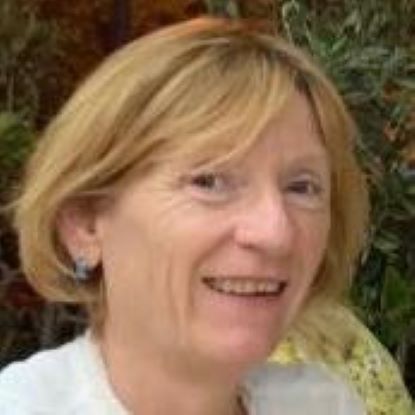DaQLAN ein Quantennetzwerk für die Praxis
Abhörsicher durch Quanten
Overview
Recently the ability to prepare and control quantum systems has rapidly evolved. For the first time, true applications of quantum mechanics are feasible, i.e. applications based on specific quantum mechanical features such as entanglement and superposition. The overall field of quantum information processing has emerged with topics such as quantum teleportation, quantum computing and quantum cryptography. A part of the field of quantum cryptography is quantum key distribution (QKD), a method of generating and distributing a key which subsequently can be used for classical symmetrical cryptography protocols. QKD uses properties of quantum mechanics to distribute a tap-proof key to the involved parties. Well-chosen combinations of QKD with symmetrical cryptography protocols allow a secure communication based on the laws of quantum mechanics
CROSSING Collaborative Research Center 1119
P4 Quantum Key Hubs (opens in new tab)
The security of Quantum Key Distribution (QKD) is based on laws of nature. The overall goal of this project is to develop a photon-based QKD structure in a star like topology and to comprehensively explore its fundamental quantum features. The individual goals are to implement wavelength-division multiplexing in a QKD structure including a field test in a real telecom network to determine the multipartite statistical correlations of the realized QKD structure and to investigate the scalability of the QKD structure beyond four parties.


















